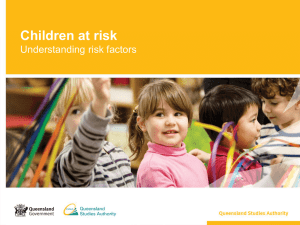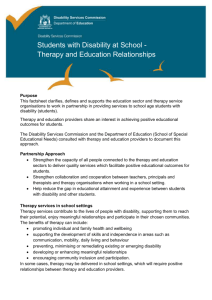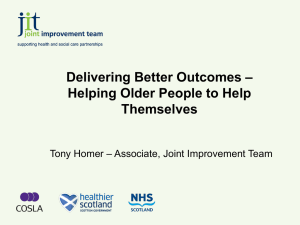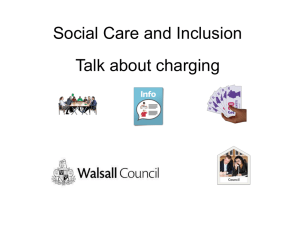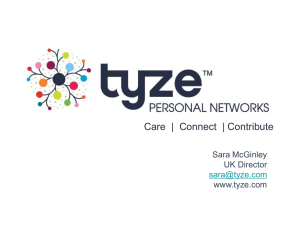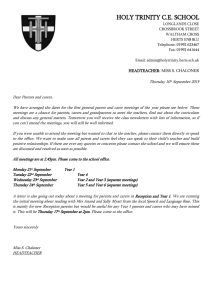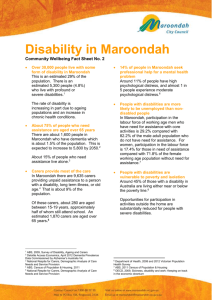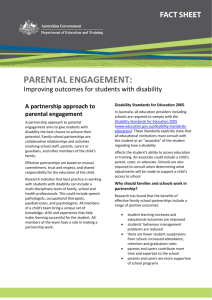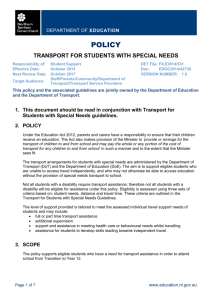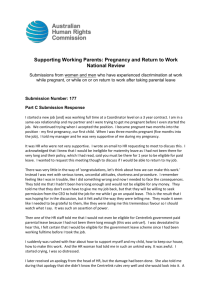Transport Assistance Types - Policy and Procedure Register
advertisement
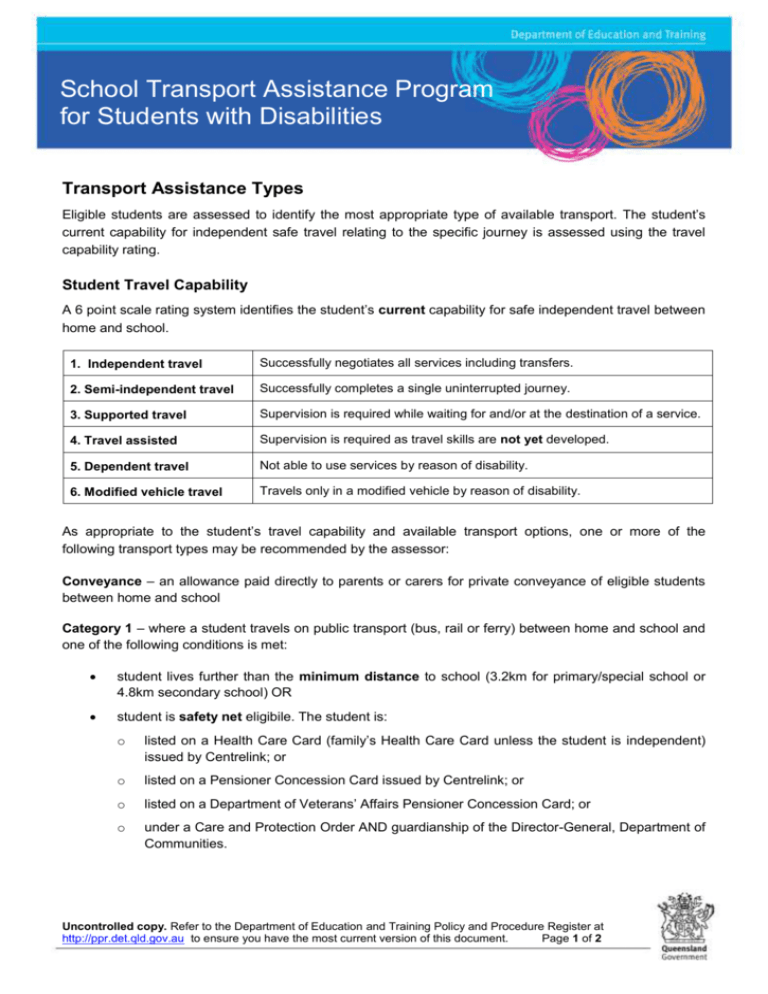
School Transport Assistance Program for Students with Disabilities Transport Assistance Types Eligible students are assessed to identify the most appropriate type of available transport. The student’s current capability for independent safe travel relating to the specific journey is assessed using the travel capability rating. Student Travel Capability A 6 point scale rating system identifies the student’s current capability for safe independent travel between home and school. 1. Independent travel Successfully negotiates all services including transfers. 2. Semi-independent travel Successfully completes a single uninterrupted journey. 3. Supported travel Supervision is required while waiting for and/or at the destination of a service. 4. Travel assisted Supervision is required as travel skills are not yet developed. 5. Dependent travel Not able to use services by reason of disability. 6. Modified vehicle travel Travels only in a modified vehicle by reason of disability. As appropriate to the student’s travel capability and available transport options, one or more of the following transport types may be recommended by the assessor: Conveyance – an allowance paid directly to parents or carers for private conveyance of eligible students between home and school Category 1 – where a student travels on public transport (bus, rail or ferry) between home and school and one of the following conditions is met: student lives further than the minimum distance to school (3.2km for primary/special school or 4.8km secondary school) OR student is safety net eligibile. The student is: o listed on a Health Care Card (family’s Health Care Card unless the student is independent) issued by Centrelink; or o listed on a Pensioner Concession Card issued by Centrelink; or o listed on a Department of Veterans’ Affairs Pensioner Concession Card; or o under a Care and Protection Order AND guardianship of the Director-General, Department of Communities. Uncontrolled copy. Refer to the Department of Education and Training Policy and Procedure Register at http://ppr.det.qld.gov.au to ensure you have the most current version of this document. Page 1 of 2 Category 2 – where a student travels in a specifically contracted minibus or taxi within cost, time and multiple address conditions and one of the following reasons is identified: the student has minimal capacity to develop independent travel skills by the time their schooling is completed or family circumstances require consideration. Where conditions are exceeded the application is to be considered under exceptional circumstances. Family Circumstances To meet this condition where Category 2 transport is being considered, one of the following must be identified. Parents/carers have no means of providing transport. This challenge includes circumstances such as the family not having an available vehicle/modified vehicle or anyone able to drive an available vehicle. *Parents/carers are physically unable to transport the student. This challenge includes circumstances such as adult family members unable to physically transport the student due to their own disability or to supervise the student during travel. Parents/carers have significant obligations which mean they are unable to transport or supervise the student during travel. This challenge includes circumstances such as adult family members obligations are outside regular family conditions which means they are not able to transport the student or provide the level of supervision required for the student’s safe travel. *Additional evidence is required: this may include identifying safety risks during travel (risk assessment summary); the parent/carer’s disability, medical conditions or treatment; or the impact of the parent/carer’s circumstances in making suitable transport arrangements for the student between home and school. Uncontrolled copy. Refer to the Department of Education and Training Policy and Procedure Register at http://ppr.det.qld.gov.au to ensure you have the most current version of this document. Page 2 of 2

